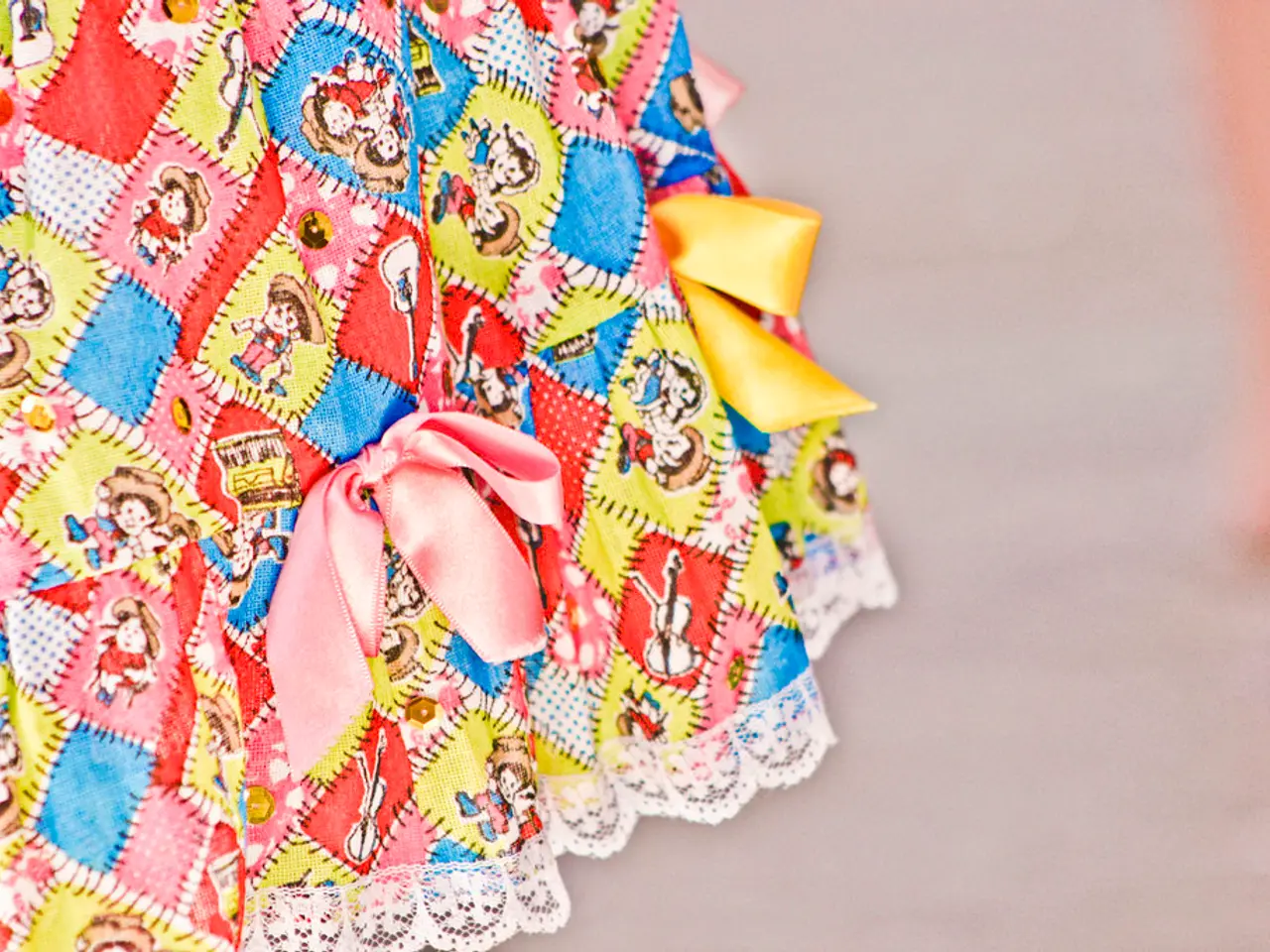Emerging Trends in Styling and Design
The fashion industry is undergoing a significant transformation, driven by technological advancements that are reshaping sustainability, inclusivity, and innovation. This digital revolution is paving the way for a more eco-friendly, inclusive, and creative industry.
Sustainability at the Forefront
Technological innovations are playing a crucial role in promoting sustainability in the fashion industry. 3D printing and on-demand production are reducing waste by eliminating overproduction, while advancements in eco-friendly materials like organic cotton, recycled polyester, mushroom leather, and pineapple fibers are requiring fewer resources and less water. New dyeing techniques use less water and chemicals, and the rise of circular economy models, such as garment take-back programs, textile-to-textile recycling, garment repair, rental, and resale platforms, are promoting a more sustainable fashion industry.
Blockchain technology is also making a mark, providing supply chain transparency and verifying ethical sourcing and environmental claims, helping combat greenwashing. Optimization of logistics, including nearshoring and renewable energy investments in manufacturing, is further reducing the carbon footprint of the industry.
Fostering Inclusivity
Digital and immersive technologies are playing a pivotal role in fostering inclusivity in the fashion industry. Virtual reality (VR) and augmented reality (AR) are improving accessibility in the shopping experience, allowing consumers to engage with fashion digitally through virtual try-ons and immersive environments. Blockchain and digital garment IDs are creating secure, transparent records accessible to all consumers, promoting ethical awareness. The metaverse integration is enabling new forms of identity expression and interaction, expanding fashion’s reach across diverse communities.
Pioneering Innovation
Innovation in the fashion industry spans material science, manufacturing, and business models. Advanced materials like Tencel, Piñatex, and Mylo are being developed. Digital design tools, such as 3D sampling, are reducing physical prototyping. Waterless and low-impact dyeing techniques are being adopted, and blockchain technology is being leveraged for transparency. On-demand, personalized manufacturing is countering fast fashion’s wastefulness, and the adoption of immersive technology and virtual fashion shows is becoming more prevalent.
Together, these technologies are promoting a shift from the linear "take-make-dispose" fashion towards a circular, transparent, and consumer-conscious industry that values quality, longevity, and ethical practices, while expanding inclusion and creative innovation.
The future of fashion is expected to be more inclusive by embracing diversity in terms of body size, ethnicity, gender, and age. Artificial intelligence is expected to play a significant role in the future of fashion, particularly in areas such as trend forecasting, personalized shopping experiences, and supply chain optimization. Many brands have committed to reducing their carbon emissions, implementing circular economy principles, and investing in sustainable materials and production methods.
Social media has enabled direct communication between brands and consumers, allowing for more authentic and engaging interactions. It has had a profound impact on the way fashion trends are created, shared, and consumed. Social media has transformed the way fashion is marketed and sold, with brands leveraging influencer partnerships and shoppable posts to reach consumers directly through digital platforms.
Sustainable practices in the future of fashion include using eco-friendly materials, reducing waste through recycling and upcycling, and implementing ethical production processes. There has been a greater emphasis on transparency and accountability within the fashion industry. The future of fashion is expected to be more sustainable, inclusive, and technologically advanced. Brands are being called upon to reduce their environmental footprint by implementing sustainable practices throughout their supply chain.
- As technology advances, the fashion-and-beauty sector is increasingly exploring sustainable fashion, using eco-friendly materials like organic cotton, mushroom leather, and pineapple fibers, adopting waterless and low-impact dyeing techniques, and implementing circular economy models to promote a more sustainable and eco-friendly industry.
- The rise of technology and digital platforms is helping to foster an inclusive lifestyle in the fashion industry, with virtual reality and augmented reality providing more accessible shopping experiences, blockchain and digital garment IDs creating secure, transparent records, and the metaverse enabling new forms of identity expression and interaction, expanding fashion’s reach across diverse communities.




